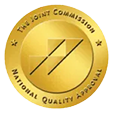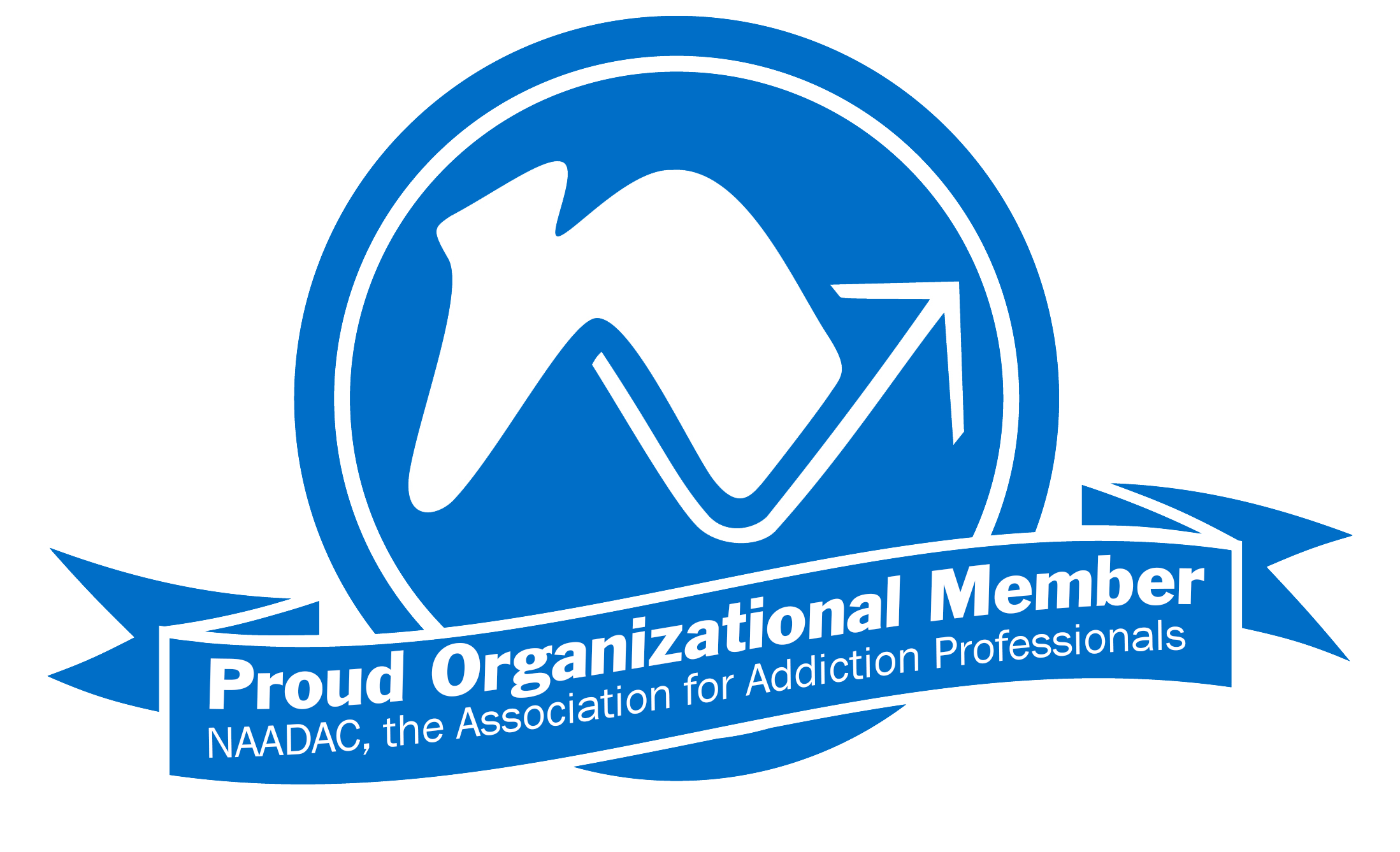Last week, government officials gathered in Philadelphia to unveil 988: the nation’s new mental health crisis hotline. On Saturday, July 16th, people all over the country gained the ability to call or text 9-8-8 to receive help from mental health professionals. This service, modeled after 911, has finally been rolled out after more than two years of preparation.
A Response to National Need
988 launched right when Americans needed it most. The World Health Organization recently highlighted a 25% increase in worldwide rates of anxiety and depression. In a news release, the WHO called this a “wake-up call to all countries,” encouraging nations to “step up mental health services and support.”
In America, suicide has remained the second leading cause of death for young people between the ages of 10 and 14, as well as for adults aged 24 to 35. In 2020, almost 46,000 people died by suicide.
Fortunately, the United States answered the WHO’s call. In the middle of the pandemic, Congress passed the National Suicide Hotline Designation Act, S.2661. This legislation compelled the Federal Communications Commission (FCC) to “create a universal telephone number for a national suicide prevention and mental health crisis hotline.” S.2661 also included a provision requiring the Department of Health and Human Services to provide access to specialized services for high-risk populations, including LGBTQ+ youth, minorities, and those living in rural areas.
How 988 Works
Until this point, the suicide hotline was only reachable through a standard ten-digit number: 1-800-273-8255. Workers tried to make this memorable by stylizing the number as 1-800-273-TALK, to limited effectiveness. With the advent of the new three-digit number, it is now possible for those in crisis to simply call or text 988.
Once they do so, they will connect with trained counselors operating within the National Suicide Prevention Lifeline network. These professionals will listen, offer support, and connect callers and texters with relevant local resources.
“Everyone everywhere can access it. It’s a number they won’t forget,” said FCC chair Jessica Rosenworcel. “We will be able to radically increase the number of people who are able to reach out in crisis.”
988 and Mental Health: Pennsylvania’s Response
When someone in Pennsylvania dials 988, they reach one of the thirteen crisis centers in the state. This rollout coincides with a boost in state and federal funding for mental health services.
In recent years, our state government has increased budgetary allocations for crisis response teams. This began after the police shooting of Walter Wallace Jr., a 27-year-old man in the midst of a mental health emergency. After years of operating on very little federal money, rural and regional call center employees are pleased to see an increase in both state and federal funds.
While Pennsylvania has yet to pass legislation outlining the implementation and funding of 988, these steps have provided an optimistic outlook for residents.
Where to Turn After a Crisis
Every day, professionals contend with chronic stress, substance use disorder, and mental illness. This combination often results in feelings of hopelessness. We want you to know that there is always a solution to any problem you face. Call 988 in times of crisis. When you’re ready to heal, call Providence Treatment.
At our outpatient treatment centers, we offer care tailored to the needs of those in high-pressure professions. Our mental and behavioral health services help men and women to bounce back from crises. To learn more about our approach, contact our treatment team.









